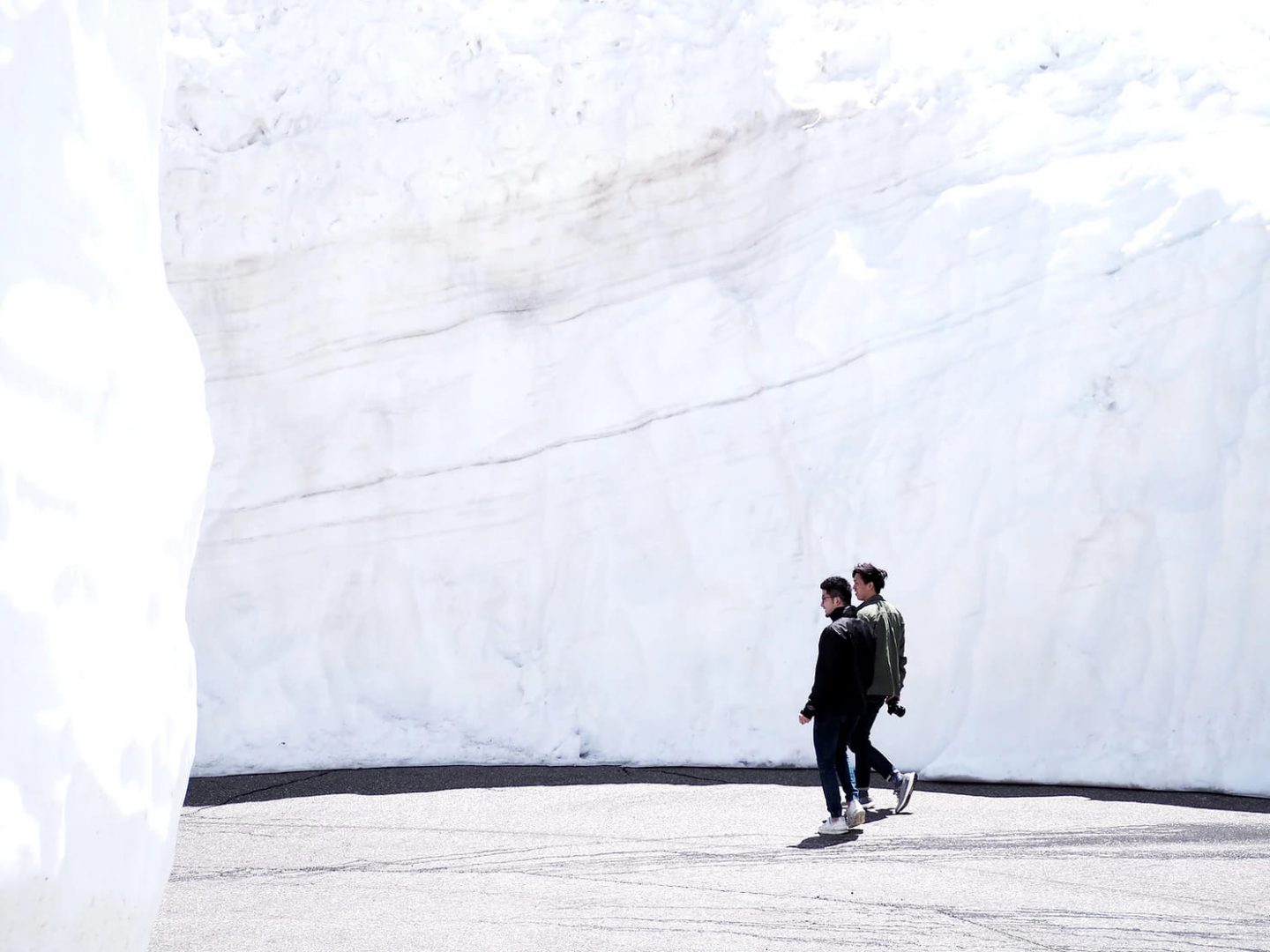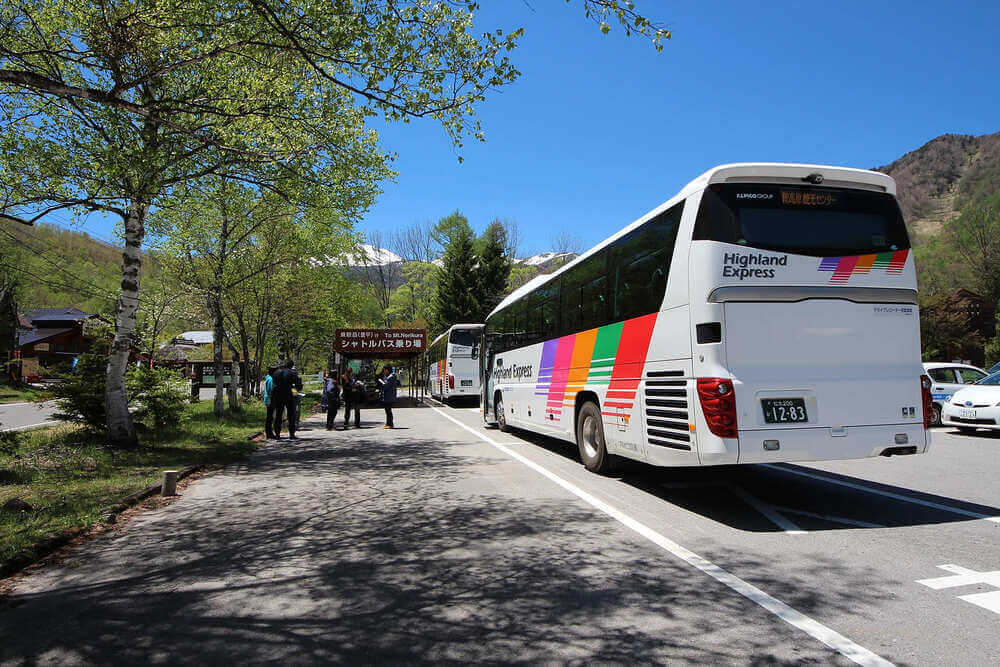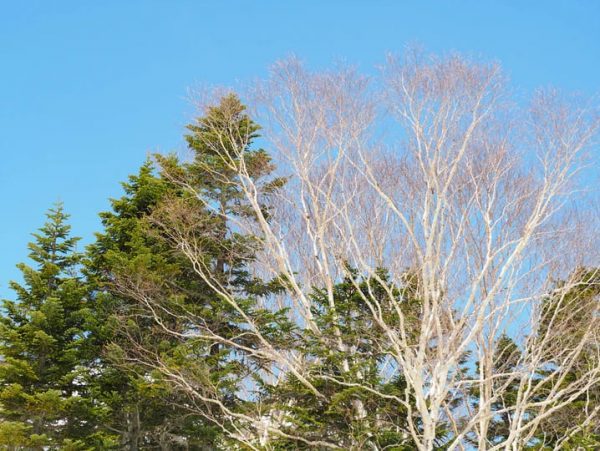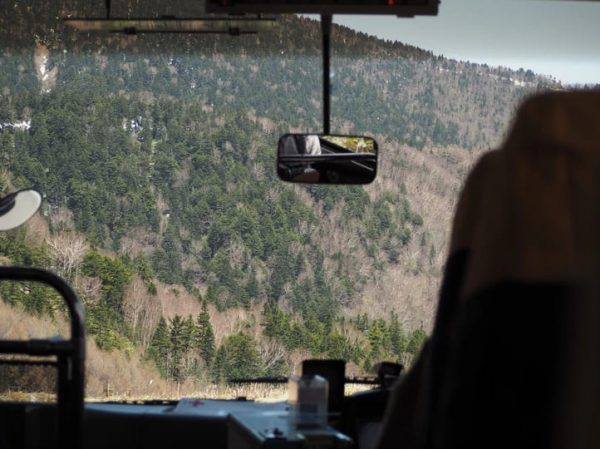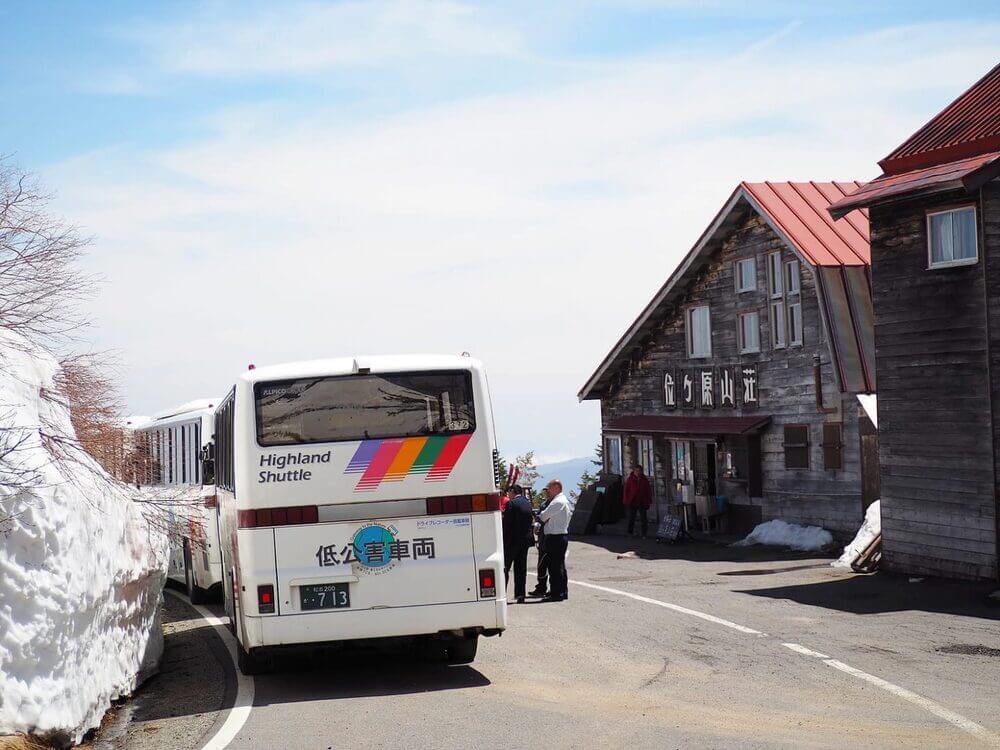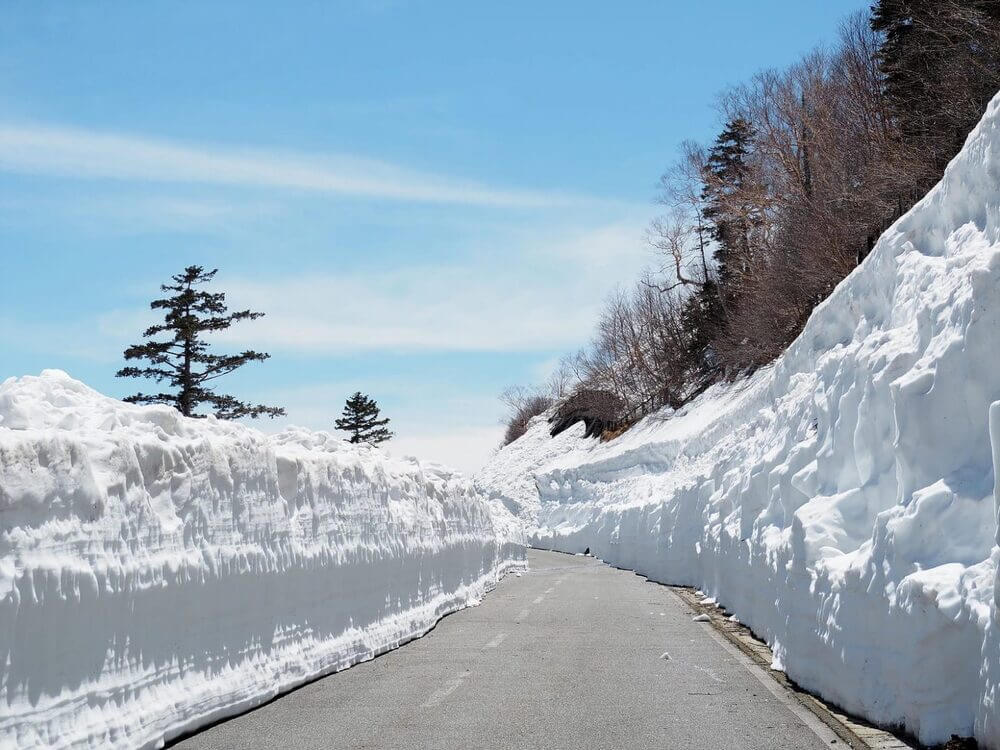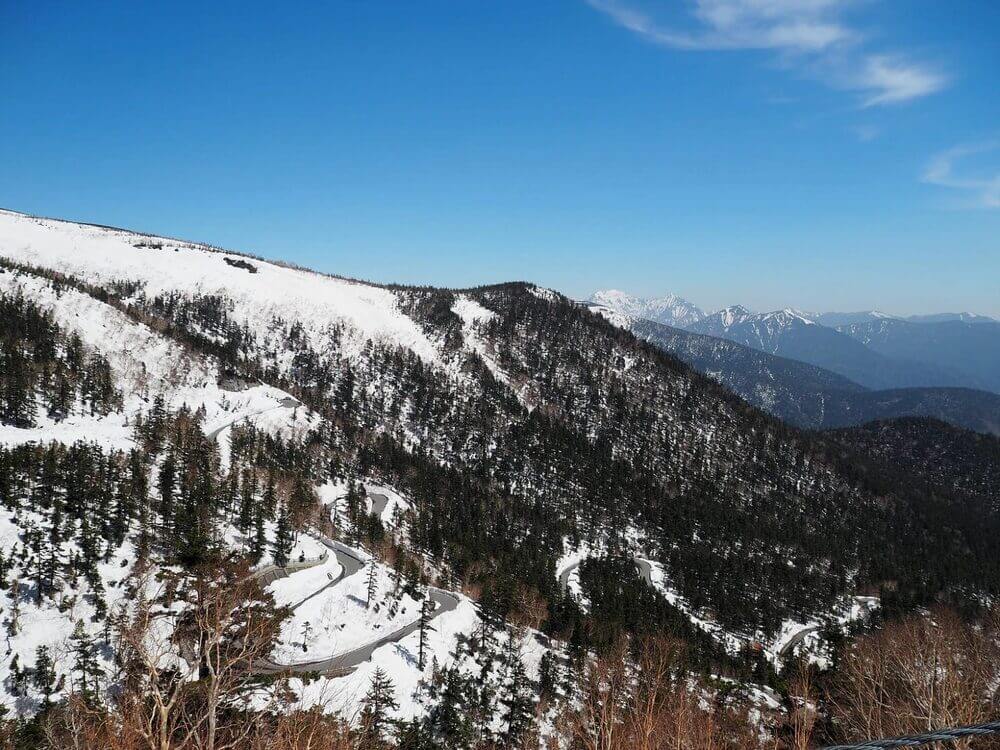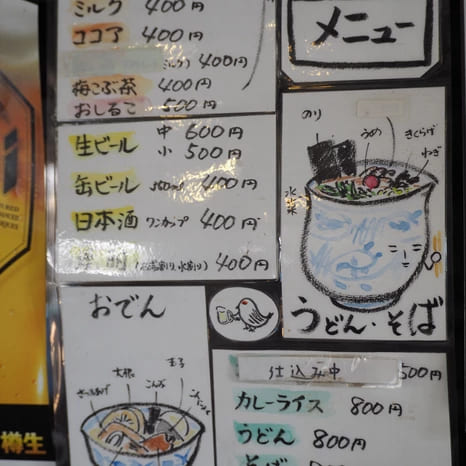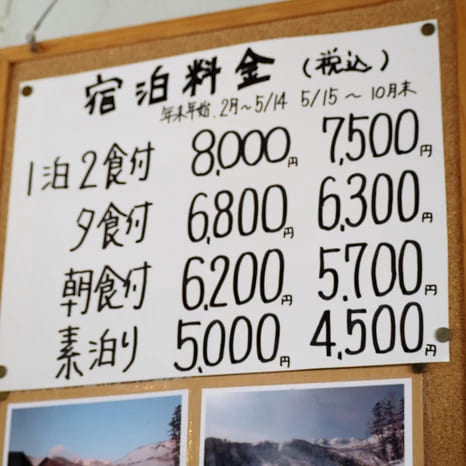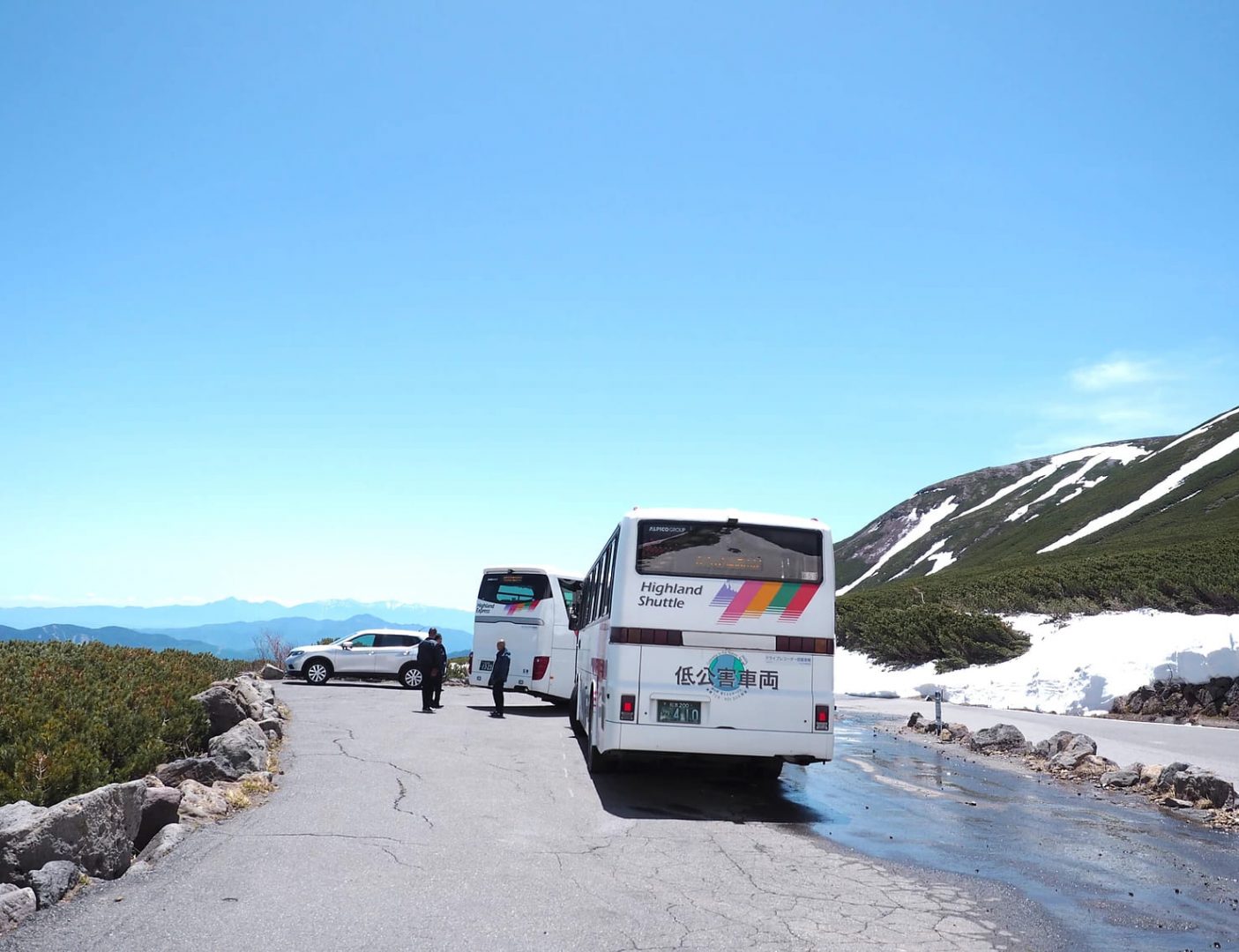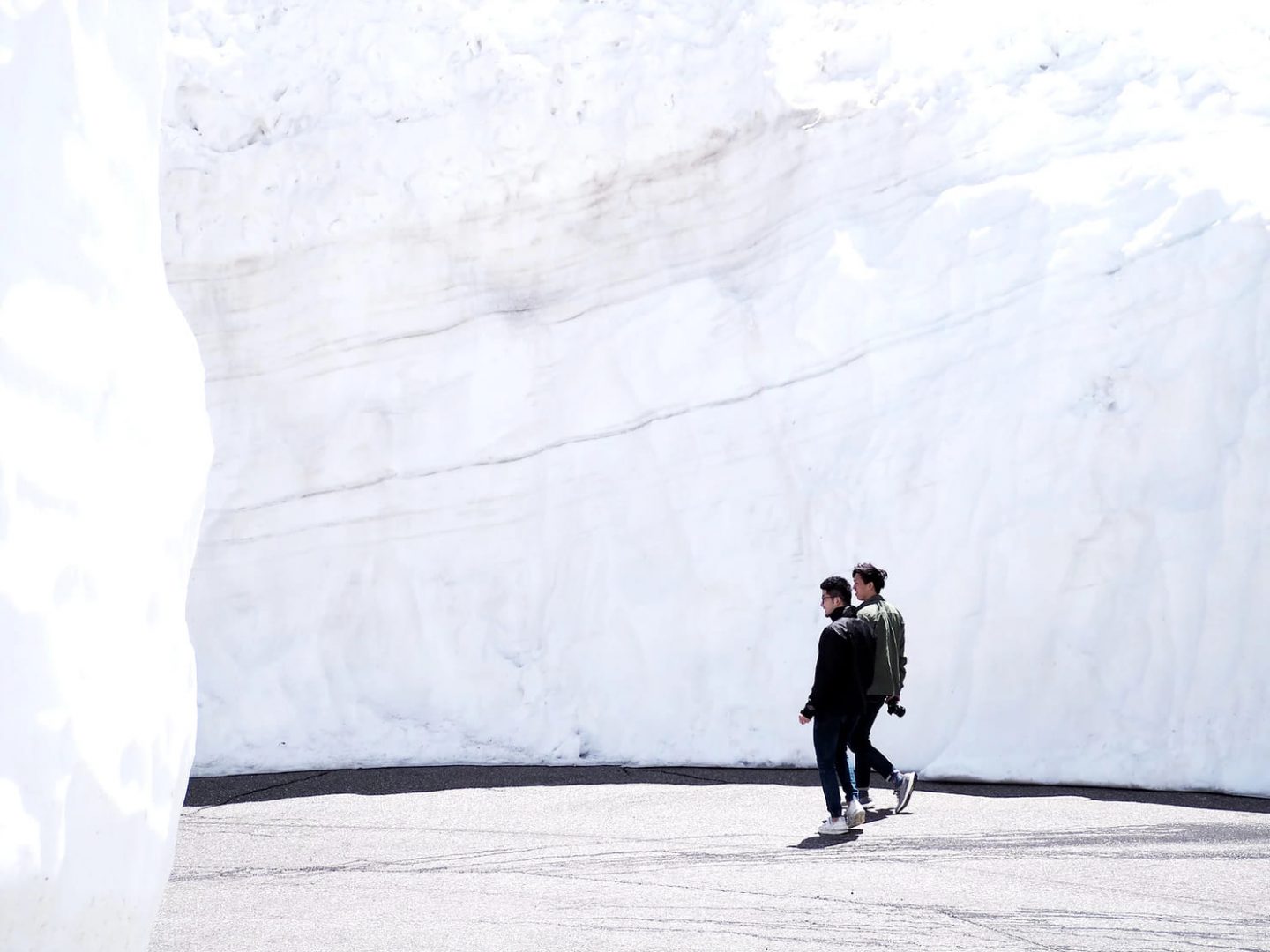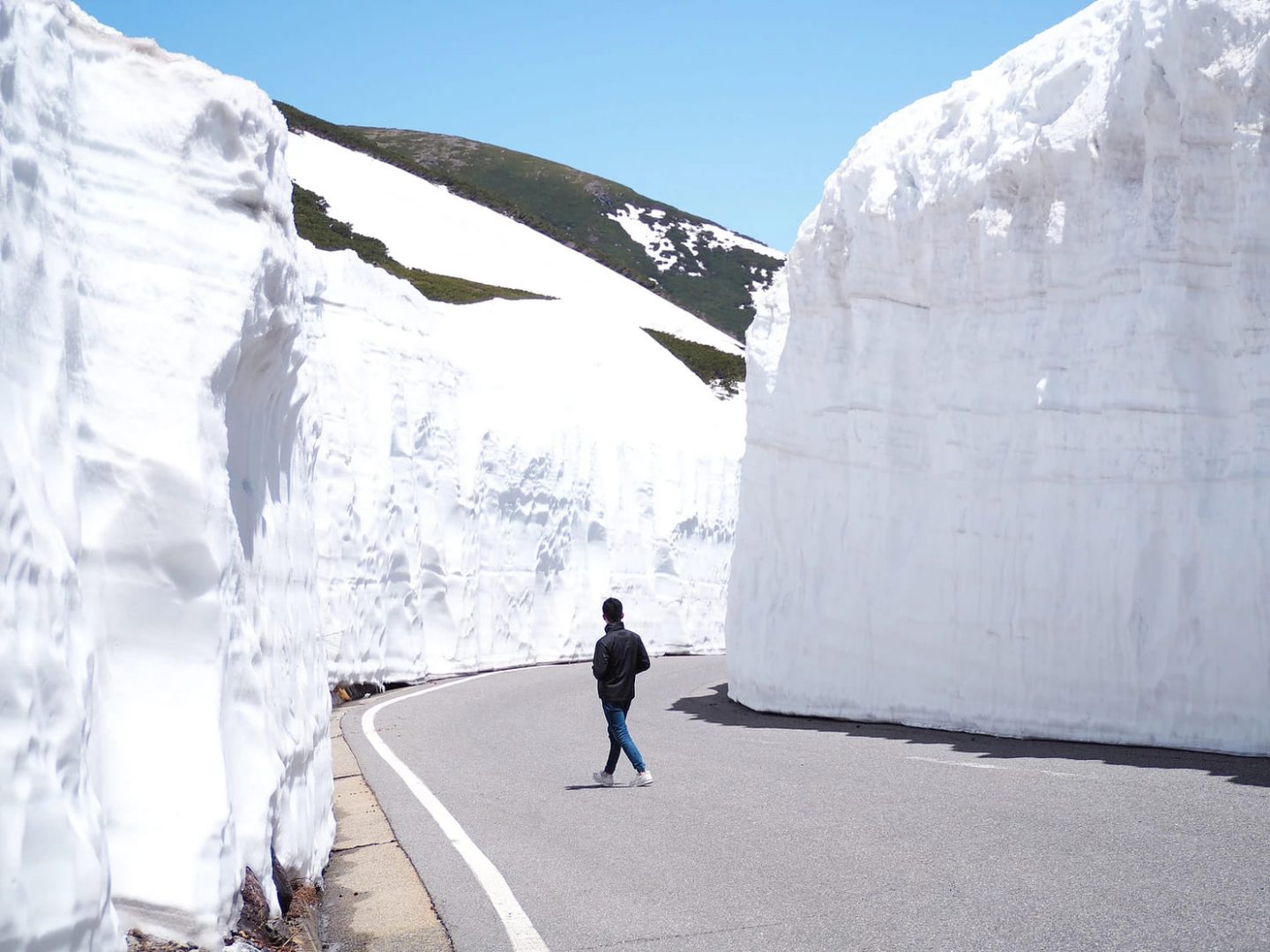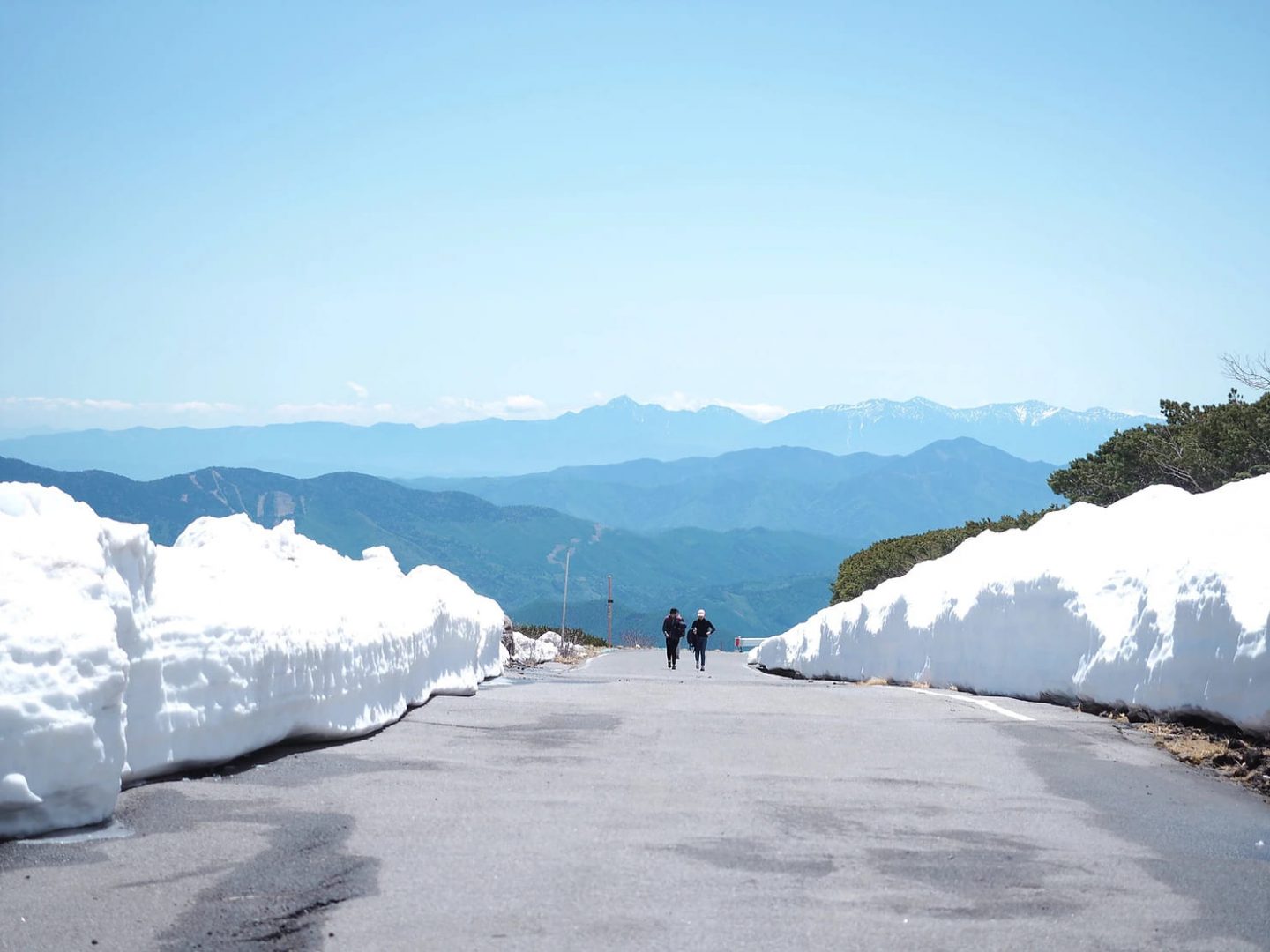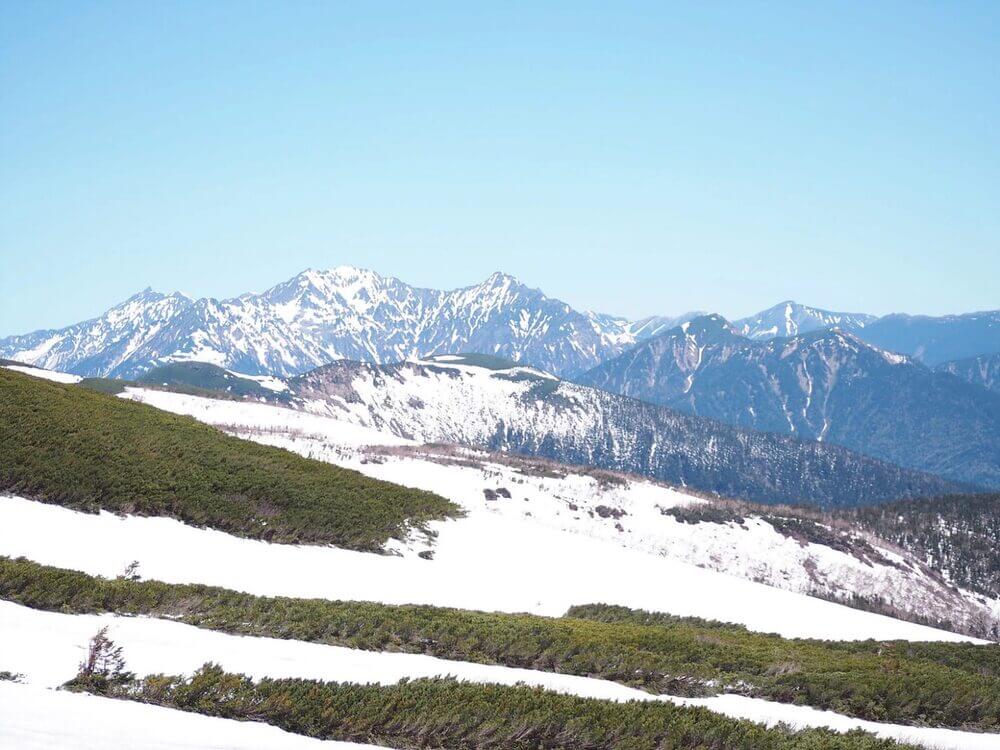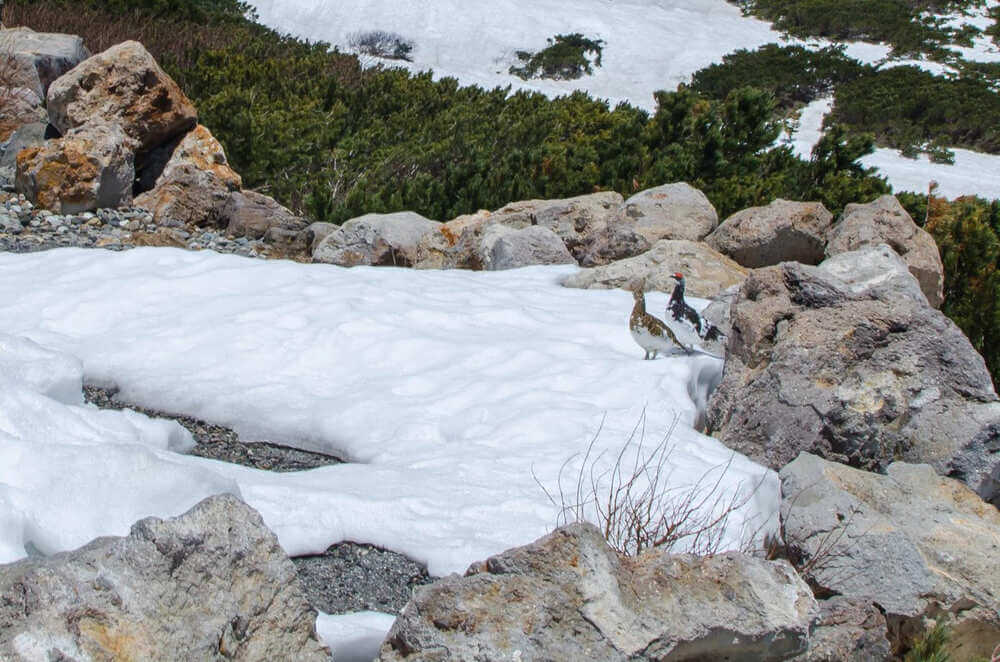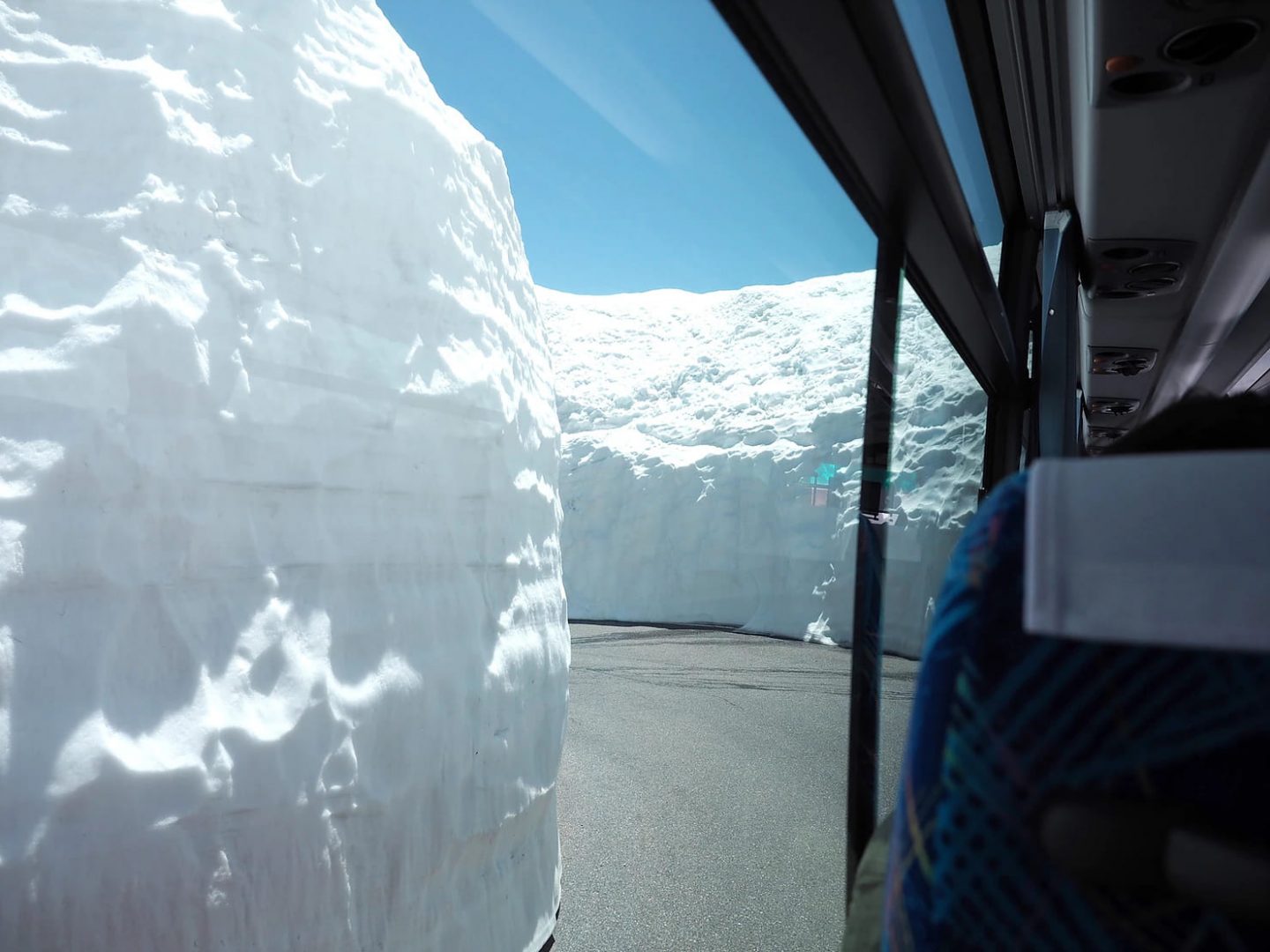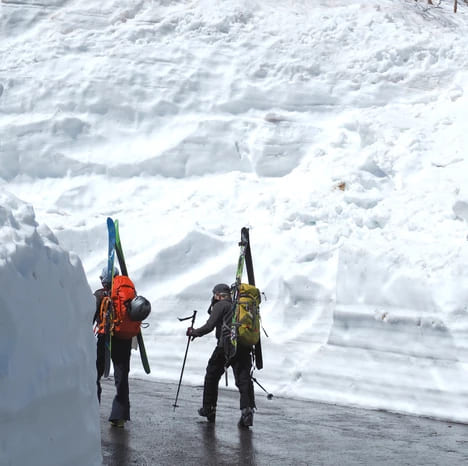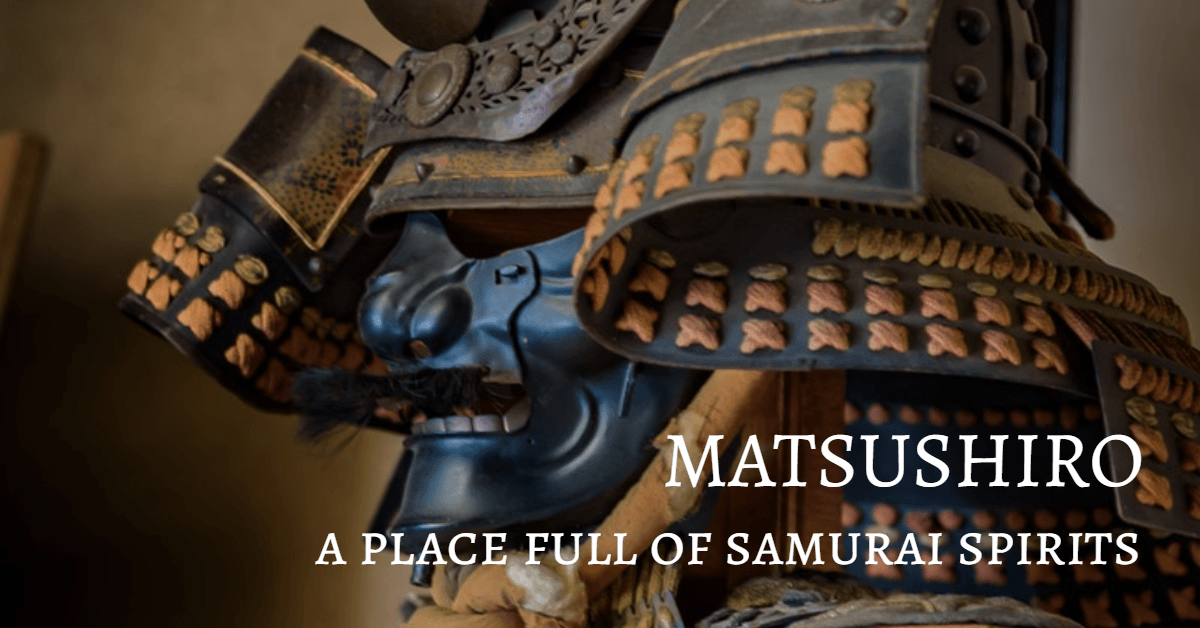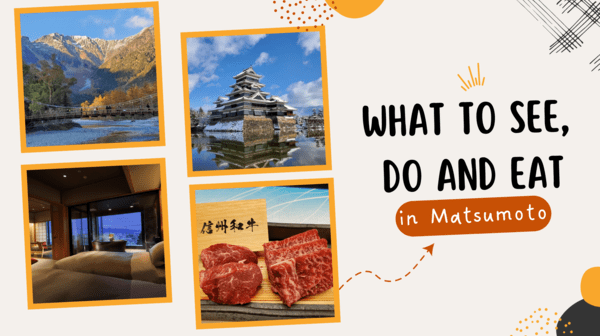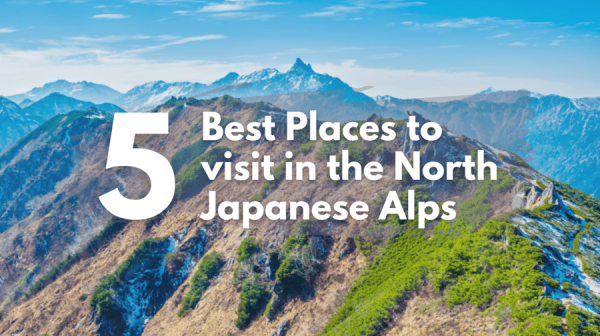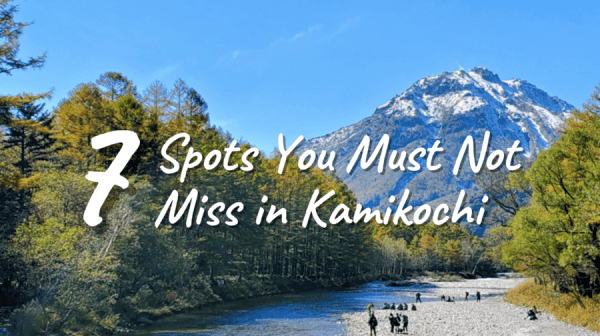Summary
There are probably a lot of people who hear the term “snow wall” and immediately think “Tateyama Kurobe Alpine Route”. But there are actually several other places in Japan besides the Tateyama Kurobe Alpine Route that have snow walls. The snow walls I would like to introduce this time, are the snow walls of Norikura in the Nagano Prefecture.
The snow walls of Norikura is located slightly below Mt. Norikura Mountaintop (Tatamidaira). The road from here until the mountaintop is closed from November, but buses from the side of Gifu Prefecture will start their operation again from the middle of May.
From the Nagano Prefecture side, the “Haruyama Bus” that goes toward the summit area will start running from the end of April. The bus only goes up to the area a little before the summit, but the appeal of it is that you can see the snow walls, which you can only see on the Nagano side and not the Gifu side.
How to Travel to See the Norikura's Snow Walls
Follow the step-by-step guide below to visit the Norikura’s Snow Walls!
1. Take the Kamikochi Line train from Matsumoto Station and get off at Shin-Shimashima Station.(30 minutes)
2. Transfer to a Norikura-bound bus at Shin-Shimashima Station and get off at N-29 Norikura Kogen Tourist Information Center.(45 minutes)
3. Transfer to the “Haruyama Bus” at the Norikura Kogen Tourist Information Center and get off at the last bus stop.(40 minutes)
Train and bus timetable to Norikura Snow Walls >
The train and bus ticket that you need to get to N-29 Norikura Kogen Tourist Information Center are available for purchase as a combined train & bus ticket at the ticket machine in Matsumoto Station (Round-trip 4,120 JPY).
Regarding the Haruyama Bus ticket, please stand in line at the bus stop and purchase a ticket from the staff (Round-trip 3,300 JPY). Recommended discounted tickets will be introduced at the end of the article.
The Best Time to Visit
The quick answer is around the end of May.
The long explanation is as follows.
Between the end of April (scheduled to be the 27th) until June 30, the bus schedule is divided into the two following phases.
1. End of April ~ End of May: The bus will go as far as N-38 Kuraigahara Sanso bus stop(2,350m)
2. End of May ~ June 30: The bus will go as far N-40 Daisekkei/Path to Katanokoya bus stop(2,600m)
The highest spot of the snow walls is located a little bit before the N-40 bus stop. That’s why, the best time to view the snow walls is around the end of May when you can actually get to the N-40 bus stop. Around the middle of June, temperatures start to rise, and the snow will start to melt quicker.
How to Enjoy the Norikura’s Snow Walls
From the end of April until the end of May
The bus only runs up to bus stop N-38 Kuraigahara Sanso at this time, but if you get off here and walk uphill along the road for about 10 minutes, there is an absolutely amazing viewpoint from where you can see Mt. Tateshina, which is located at the northern end of the Yatsugatake Mountains. This mountain is cone shaped and has the same kind of beautiful mountain shape as Mt. Fuji. Also called Suwa Fuji, it is one of the 100 Famous Japanese Mountains.
The view from inside the bus is already pretty enough.
After that, you can choose to continue walking uphill a little further, but for those who are tired or don’t like to walk a lot, you can go back to the bus stop and wait for the bus home while you eat a light meal at the rest house.
Udon/Soba (800 JPY), curry rice (800 JPY), oden(600 JPY), hot drinks (all 400 JPY), Japanese sake (400 JPY) et cetera, there are plenty of things on the menu that will warm up your body. What’s more is that you can also spend the night in this rest house if you’d like.
Tips! There are not that many buses going, so remember to check the departure time of the return bus beforehand.
From the end of May until the end of June
If you get off at the last bus stop N-40 Daisekkei/Path to Katanokoya and walk down along the road for about 5 minutes, you will get to the place where the snow walls are at its highest.
If you look at the photo above, you can see that there’s one car parked there, but this is actually a car that has a special license. Considering environmental protecting and safety, private cars are generally not allowed anywhere further than bus stop N-35 Sanbondaki.
The height of the wall will depend on the amount of snow that has fallen that year, but the maximum height of the Norikura’s snow walls is around 12 meters. If you compare that to the walls of the Tateyama Kurobe Alpine Route, it is admittedly on the smaller side, but the merits of Norikura’s snow walls is that there are a lot less tourists and it is considerably easier to get to Norikura than to the Alpine Route.
After taking some pictures, you can go back to the bus stop you got off at, or for those who love walking, you can choose to not return to that bus stop, but instead continue walking to bus stop N-38 Kuraigahara Sanso and take a bus back to Norikura Highland from there. During your walk, there’s one more viewpoint where you’ll see Mt. Yakedake with its jagged peaks and Mt. Yari that resembles Swiss’ Matterhorn.
The distance from bus stop N-40 until bus stop N-38 is about 3.5 km, and while I think it’s not too tiring with the road going downhill, it’s best to put on some hiking shoes or other comfortable shoes that are easy to walk in.
You might also spot some wildlife while you’re in Norikura, such as the rock ptarmigan (in Japanese “raicho” or literally “thunder bird”). It is thought that there are only about 100 rock ptarmigans living in the entire area of Mt. Norikura. The rock ptarmigan is a very precious species that needs to be protected and has been designated as a special natural monument.
When taking a walk, if you look out towards the rocks, you might be able to spot a rock ptarmigan which generally rarely lets itself be seen by people.
Because of the many curves this road has, the scenery changes a lot. To not let the best photo moments get away from you, keep your camera or phone in your hand, and be ready to take some shots.
By the way, skiing in spring is possible in Norikura and it’s very popular among the locals. Normally, you would go up with the ski lift and come sliding down, but in the springtime, you will have to carry your skis to the top by yourself. It’s a little bit tricky, but for those who are interested, definitely try it out!
Skiers challenging skiing during spring in Norikura.
Tips! Even though it’s officially spring, because you’re going to a place that’s 2,600m above sea level, it’s still very cold. Make sure to bring some protective clothes for the cold and harsh wind.
Special Ticket Information
There are many amazing things to see near Norikura’s snow wall corridor, so when you come to Norikura, I really want you to go to other nearby sightseeing spots as well. It’s quite a lot of trouble to buy a new ticket each time you have to transfer buses, but when you buy one of the two transport tickets that lets you ride the buses as many times as you like, you only have to show your ticket when boarding and that’s it. Of course, the Haruyama Bus is also covered by this ticket!
Price: Adults 7,500 JPY
Validity: 2 consecutive days
Covered Sightseeing Spots: Norikura, Kamikochi, Matsumoto and Shirahone Onsen
2. 4-Day Alps WIDE Free Passport
Price: Adults 13,000 JPY(Includes a round-trip of the Shinhotaka Ropeway)
Validity: 4 consecutive days
Covered Sightseeing Spots: Norikura, Kamikochi, Matsumoto, Shirahone Onsen, Takayama, Shirakawa-go, Shinhotaka Ropeway, Gero Onsen and Hirayu Onsen
Important Information: The road from N-40 Daisekkei/Path to Katanokoya to Mt. Norikura Mountaintop (Tatamidaira) will be closed to vehicles until the end of June. From July 1, buses will start running to the summit from the Nagano Prefecture side (Norikura Kogen Tourist Information Center).
See bus timetable for Norikura Kogen to Mt. Norikura (Tatamidaira) > (From July 1 to October 31)

